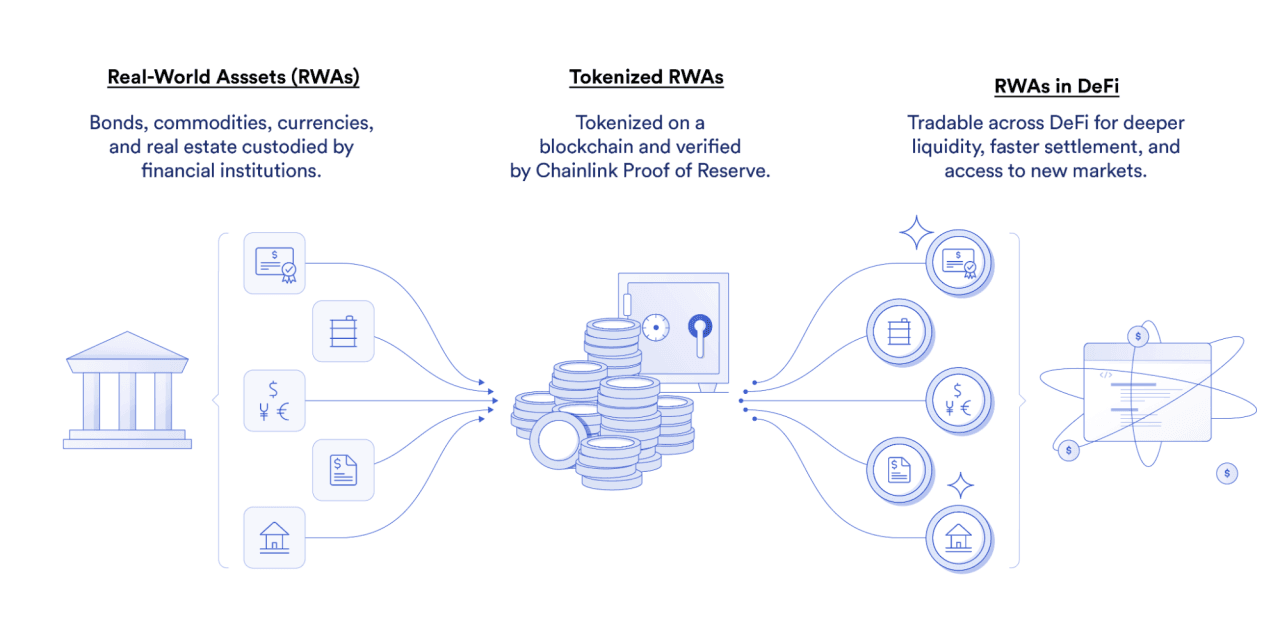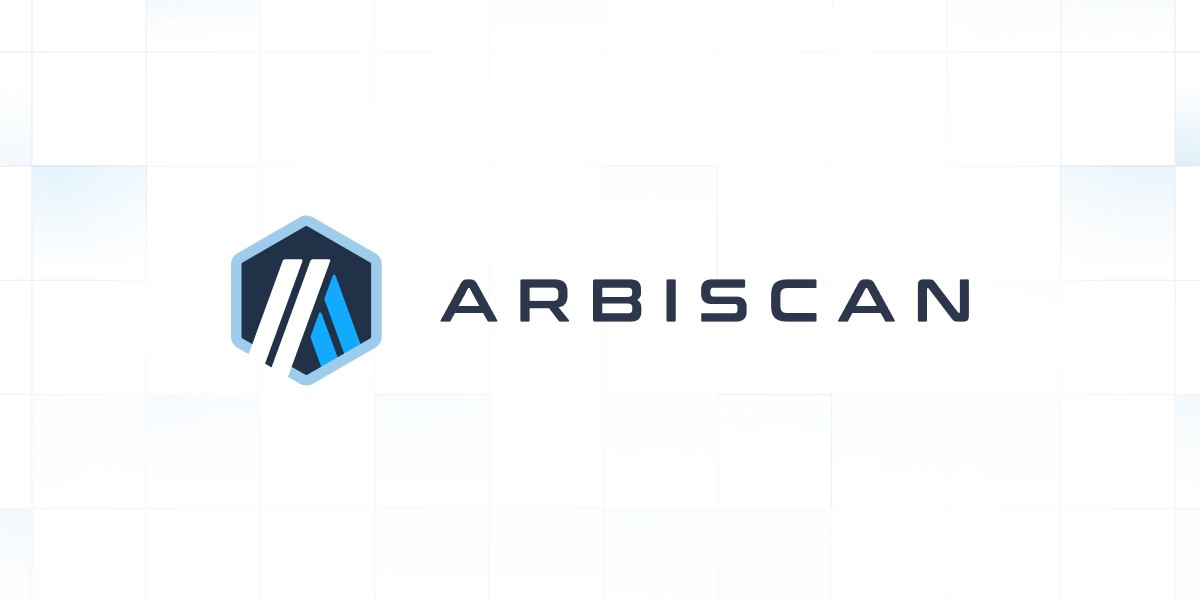
Chunyang Shen
Aug 12, 2024
Secure your financial future by learning how to buy US Treasury Bonds, T-bonds, and US Treasury Bills, T-bills. Start investing with lower risk today!
How To Buy Us Treasury Bonds
Securing your financial future can sometimes appear complicated. Yet, one component that frequently appears as a suitable choice for many investors is U.S. Treasury bonds and bills.
Renowned for their safety, these government-backed securities provide an opportunity to earn interest with lower risk. This blog post will illuminate the method of purchasing US Treasury Bonds, T-bonds, US Treasury Bills, T-bills, highlighting an investment approach that combines reliability with returns.
Incorporating years of experience in financial advising and a skill for simplifying complex topics, I present this discussion drawing from my insights into the specific details of government securities.
Whether you're beginning your investment journey or aiming to diversify your portfolio with reliable options like T-bonds and T-bills, this article is precisely for you. Ready to discover the strength of safe investing? Continue reading!
Key Takeaways
You can buy U.S. Treasury bonds, notes, and bills through the TreasuryDirect website or by using a broker. Setting up an account on TreasuryDirect requires your Social Security number, email address, and bank details.
Investing in U.S. Treasury securities is considered very safe because they are backed by the government. These investments offer fixed interest rates, with bonds paying every six months until maturity.
When your Treasury securities mature, you have the option to reinvest the principal amount into new securities or cash out. The interest income from these investments is taxable at the federal level but exempt from state and local taxes.
You can participate in auctions directly on the TreasuryDirect platform for a chance to buy these securities at competitive or non-competitive bidding processes.
Comparing U.S. Treasury securities to Certificates of Deposit (CDs) can help investors understand their options better since both have unique features like risk levels, return rates, and liquidity differences.
Understanding Treasury Bills, Bonds, and Notes
Treasury bills, bonds, and notes have distinct features and serve different purposes. New investors can gain valuable insights into these investment options before making a decision.
Features and differences
To assist new investors in starting their journey into bond investment, understanding the features and differences between Treasury Bills, Bonds, and Notes is crucial. Below is a straightforward comparison to guide you through their unique characteristics and how they can benefit your investment portfolio.

Each type of Treasury security offers a low-risk option for investors. TreasuryDirect offers a platform for buying Treasury securities directly, simplifying the process for new investors. Bonds pay interest every six months, making them a predictable source of income. Investors have the option to sell on the secondary market or hold until maturity. Understanding these securities' features and differences is the first step toward making informed investment choices.
Advantages of investing in them
U.S. Treasury bonds, notes, and bills stand out as some of the safest investment options available to new investors. They offer a secure way to earn interest over time, with Treasury bonds specifically providing fixed interest payments every six months until they mature after 20 or 30 years.
This makes them an ideal choice for those looking to preserve capital while gaining steady income.
Investing through TreasuryDirect simplifies the process by giving direct access to these securities without needing a broker. It offers tools like a bond calculator to help investors make decisions confidently.
Also, the option to sell on the secondary market before maturity adds flexibility, catering to various financial goals and needs.
Moving forward, understanding how to navigate TreasuryDirect sets you up for successful investing in treasury securities.
How to Buy Treasury Bonds, Notes, and Bills
To buy Treasury Bonds, Notes, and Bills, you need to set up an account and link your bank account. Then, you can purchase them at auctions or through a broker.
Setting up an account
Establishing an account to acquire U.S. Treasury bonds, notes, and bills begins with building a profile on TreasuryDirect. This official government platform of the United States gives you straight access to buy and hold different treasury securities including the EE bonds or I bonds.
Some personal details such as your Social Security number, email address, and bank particulars will be required to finalize your registration.
When your account becomes operational on TreasuryDirect, it opens the opportunity for you to acquire these secure investment alternatives. Additionally, you can utilize apparatus like the Treasury bond calculator.
This device supports you in making knowledgeable choices about investments in Treasury Bonds that span for 20 or 30 years and pay interest semi-annually until the maturity point.
Linking your bank account
After setting up your account, the next step is linking your bank account to facilitate purchasing Treasury securities. You can link your bank account to TreasuryDirect and authorize transfers between them for buying or redeeming Treasury securities.
This makes it convenient to manage your investments seamlessly and conduct transactions with ease.
When linking your bank account, you must ensure that it is a checking or savings account held at a U.S.-based financial institution. Once linked, you can make purchases of Treasury bills, bonds, and notes directly through electronic fund transfers from this linked bank account.
As an investor looking to start investing in bonds such as U.S. Treasury securities, understanding how to link your bank account will enable you to efficiently participate in the market and secure these low-risk investment options.
Purchasing at auctions or through a broker
Investors have the option to acquire US Treasury bonds, notes, and bills at auctions directly from the government or through a broker. At auctions, investors can engage in competitive or non-competitive bidding.
TreasuryDirect is a user-friendly platform that provides direct access to treasuries and tools for making well-informed decisions. Additionally, investors have the choice to acquire Treasury securities, such as Notes and Bills, through this platform.
Utilizing a broker offers another pathway for purchasing Treasury securities. Brokers provide guidance and assistance in navigating the complexities of the bond market, aiding new investors in making well-informed decisions based on their financial goals.
Upon understanding the process of purchasing treasury bonds at auctions or through brokers, let's delve into considerations for what to do at maturity.
What to Do at Maturity
When Treasury bonds, notes, or bills reach maturity, investors can choose to reinvest the principal in new securities or cash out. They should consider the options and tax implications carefully.
Options for reinvesting or cashing out
When a U.S. Treasury bond reaches maturity, investors have the option to reinvest or cash out. Reinvesting involves purchasing a new bond with the principal amount received at maturity, enabling the investor to continue earning interest on their investment.
On the other hand, cashing out means selling the bond either back to the government or on the secondary market. When deciding between reinvesting and cashing out, it's crucial for investors to consider factors such as current market conditions, their financial goals, and tax implications.
Investors can opt to reinvest in another Treasury security through TreasuryDirect or a financial institution offering these investments. Alternatively, they can choose to receive cash value by redeeming bonds directly through TreasuryDirect or selling them on secondary markets like stock exchanges.
The decision whether to reinvest or cash out should be made after carefully evaluating individual financial circumstances and seeking advice if necessary.
Tax implications
When investing in U.S. Treasury bonds, it's essential to consider the tax implications. The interest income earned from Treasury securities is subject to federal income tax but exempt from state and local taxes.
This adds another layer of appeal for investors seeking stable, low-risk options that offer some tax advantages.
The interest accrued on Treasury bonds is taxable at the federal level like any other investment income, but unlike corporate or municipal bond interest, it’s not subject to state or local taxation.
This unique tax treatment can make Treasury securities an attractive option for new investors looking to start building a diversified portfolio without added tax burdens.
Moving forward with your investment journey, considering these tax implications can play a crucial role in shaping your overall financial strategy and ensuring a smoother path toward achieving your investment goals.
Other Ways to Invest in Treasury Securities
Considering risks and returns, comparing Treasury securities to CDs can help you make informed decisions when diversifying your investment portfolio. Keep in mind the potential advantages of treasury bonds alongside other fixed-income investments like stocks or mutual funds.
Comparing to CDs
Exploring investment options is crucial for new investors, especially when considering the differences between U.S. Treasury Securities and Certificates of Deposit (CDs). Both investment vehicles offer unique advantages, but understanding their distinctions is key to making an informed decision. Below is a comparison to guide new investors in the bond market.

This comparison highlights the primary features of U.S. Treasury Securities versus CDs, guiding new investors toward making choices that suit their financial goals and risk tolerance. Treasury bonds, notes, and bills offer a secure, government-backed investment, with the added flexibility of purchasing directly from the government through TreasuryDirect or via brokers. In contrast, CDs provide a straightforward, fixed-term investment with guaranteed returns, albeit generally less liquid compared to Treasury securities and subject to early withdrawal penalties.
Considerations for risk and return
When considering investing in U.S. Treasury bonds, it's crucial to evaluate the risk and return factors involved. Treasury bonds are generally considered a low-risk investment due to their backing by the U.S. government, making them an appealing choice for new investors seeking stability in their portfolios.
However, it's worth noting that while they offer lower risk, they also tend to provide relatively modest returns compared to other types of investments.
Investors should carefully assess their risk tolerance and long-term financial goals before venturing into Treasury bond investments. Understanding the balance between risk and potential returns is vital for making informed decisions when heading into the realm of bond investing.
Conclusion
After understanding the features and advantages of Treasury bills, bonds, and notes, new investors can easily set up an account to start investing in these low-risk securities. By connecting their bank accounts and purchasing at auctions or through a broker, they have multiple options to buy Treasury Bonds.
When managing investments at maturity, investors can choose between reinvesting or cashing out while considering tax implications. Also, comparing Treasury securities with CDs allows them to make informed decisions about risk and return.
With practical strategies in place for buying and managing U.S. Treasury Bonds efficiently, new investors can start their investment journey with confidence.
FAQs
1. What are US Treasury Bonds?
US Treasury Bonds are long-term investments issued by the United States government.
2. How can I buy US Treasury Bonds?
You can buy US Treasury bonds through a broker or directly from the U.S government's website, treasurydirect.gov.
3. Are there any costs involved in buying US Treasury Bonds?
While there is no fee to purchase bonds directly from the U.S Government, brokers might charge a commission for their service.
4. Can I sell my US Treasury Bonds before they mature?
Yes, you can sell your bonds before they reach maturity on secondary markets; however, the price may be less than what you paid if interest rates have risen since you bought them.
Recommended articles




